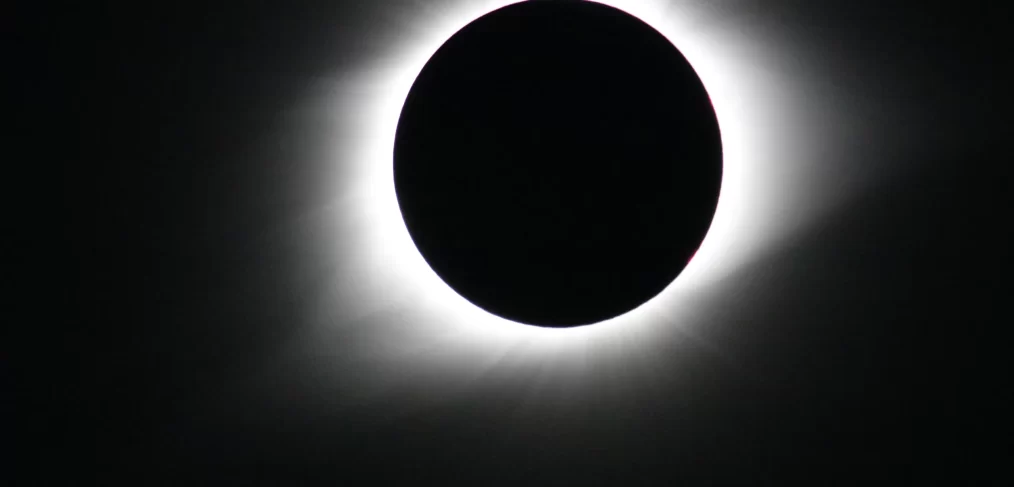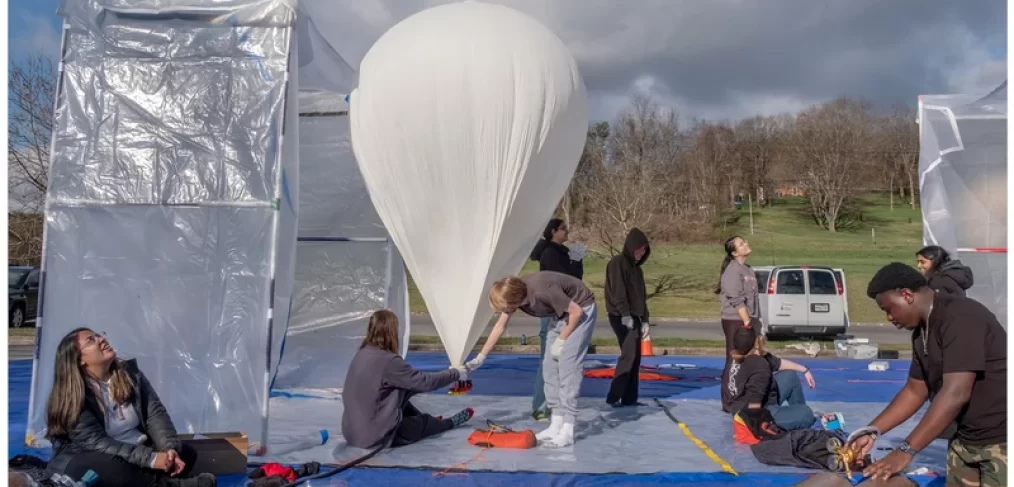The University of Arkansas at Little Rock is happy to announce Dr. Constance Meadors as the new director of the Arkansas Space Grant Consortium (ASGC) and NASA Established Program to Stimulate Competitive Research (EPSCoR) program.
Meadors has taken over for Dr. Keith Hudson, who is still serving the Arkansas Space Grant Consortium in a director emeritus role. Meadors’ new role comes with some historic significance as she is the first African American and first female space grant director for the state of Arkansas as well as the first African American female space grant director in the United States.
“I am only the third director since the Arkansas Space Grant Consortium began in 1991,” she said. “I think it’s a wonderful opportunity. My NASA experience started here at UA Little Rock conducting hybrid rocket research as a graduate student. Immediately upon entering the program, I was identified as the recipient of a NASA fellowship. That was the first time I became involved in NASA, and it was beyond anything I imagined as a young African American female from a small town. It feels like I have come full circle in coming back to the place where it all started.”
Read the full article on UALR.edu.
Author Credit: Angelita Faller
Image Credit: UA Little Rock










